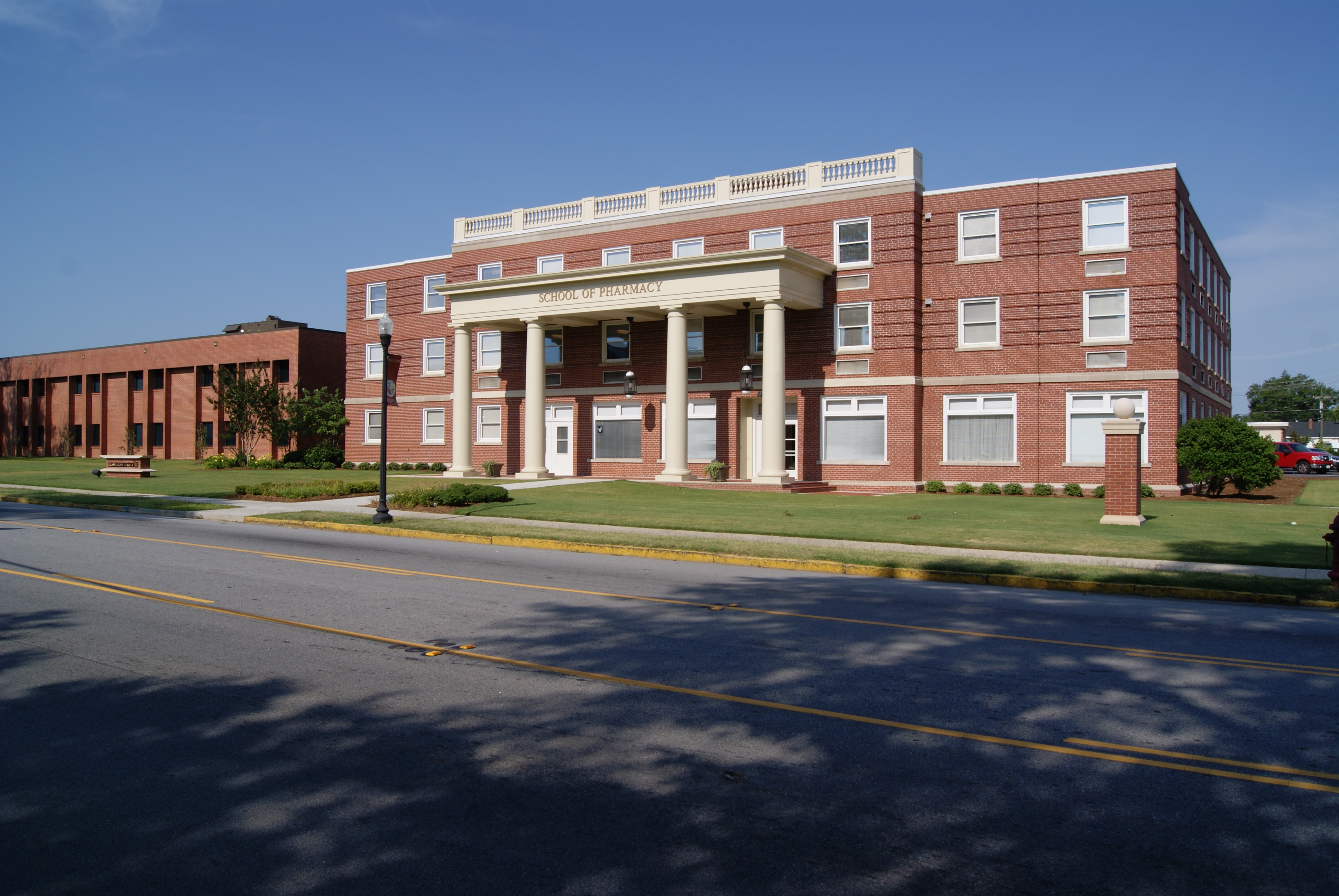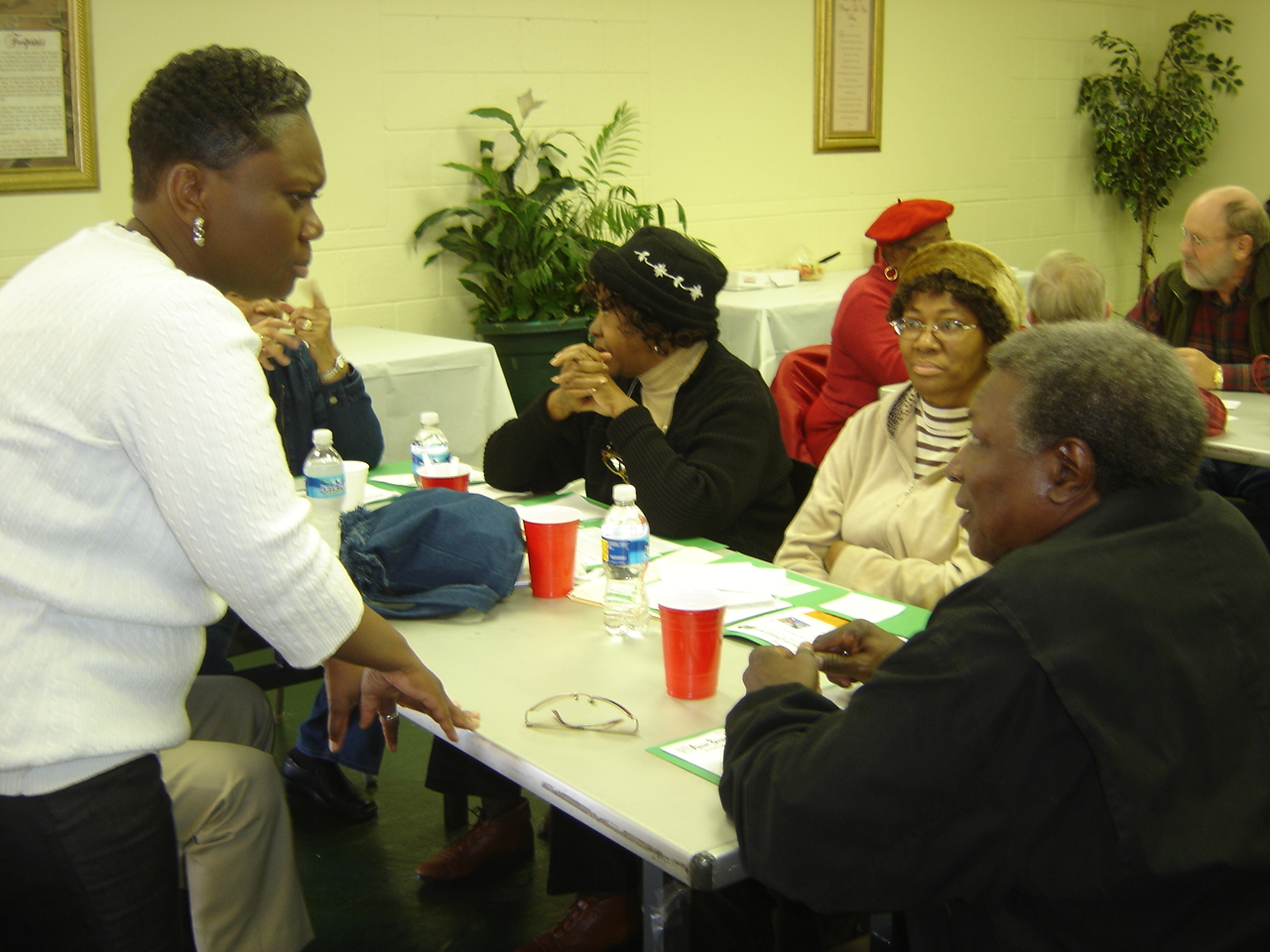Many local officials think of community development only in terms of affordable housing, utility infrastructure and Community Development Block Grants. While it certainly does encompass those vital services, community development incorporates many more areas.
Community development is the practice of taking on activities that provide basic services to communities to make them more livable and sustainable. It supports the development of strong communities and helps improve quality of life, according to Grazier Rhea, community development director for the Catawba Regional Council of Governments.
Spartanburg City Manager Ed Memmott agrees. As the city looked to redevelop its Northside community once plagued by drugs and violence, officials started with a basic premise: What is a healthy neighborhood?
A number of factors make up a strong, healthy neighborhood, Memmott said. These include good schools and educational offerings; convenient access to goods and services; easily available public transportation; streets that are both walkable and bikeable; availability of jobs; a mix of housing; health and wellness centers; parks; gardens and activities that improve quality of life.
It's important to have input from residents and community leaders to define the needs of a community, Rhea said. Planning, zoning, building policies and regulations are important in guiding growth and redevelopment.
"Leaders need to develop a vision for the community and a plan to make the area more livable and sustainable," Rhea said. "Community development can empower individuals and groups by providing them with skills to make positive changes in their communities. Various groups, organizations and individuals need to establish and maintain effective partnerships to coordinate efforts. It is important to assess community problems and needs, identify means to address the needs and develop a strategic plan to make the improvements."
Community development also involves facilitating and attracting commitment and investment - financial and otherwise - to a community, said Memmott.
"The means and tactics change depending on whether you-re working to reinvigorate a low-income area or working in your downtown, but the principles of building the right platform for attracting investment remain fundamentally the same," Memmott said. "Cities do that in any number of ways: by developing well-thought out plans, infrastructure and amenities such as safe walkable streets, parks, parking, special events; by promoting sites and business opportunities; and by providing great city services and financial incentives," he said.
Spartanburg began its Northside project by talking with multiple stakeholders and building support locally, Memmott said.
Wofford College, Spartanburg Regional Healthcare System, the Mary Black Foundation and Spartanburg County foundations donated a total of $250,000, which was matched by local donors. Atlanta-based Purpose Built Communities is consulting on the project, and the city was awarded a $300,000 federal planning grant. The redevelopment plan, which is in the early stages, involves adding new mixed-income housing, improving the local elementary school and attracting businesses back to the area.
Officials hope their efforts will attract investments and improve the local economy.
Indeed, economic development is directly impacted by community development, Rhea said.
"Without a sustainable community, it is impossible to promote economic development and attract new businesses to the area," she said. "Many companies are looking at the quality of life elements in a community when making decisions about locating in the area. Community development issues such as an educated workforce; adequate infrastructure such as water, sewer and roads; housing; educational facilities; health care; child and elderly care; social services; and recreation are all crucial in promoting economic development opportunities."
The City of Clinton has seen how engaging with the education community can be beneficial for residents and the economy. In 2010, Presbyterian College located its School of Pharmacy in downtown Clinton, providing education, jobs and healthcare to the community. The School has established outreach programs, including serving as a primary affiliate in an emerging medical health alliance involving South Carolina free medical clinics and regional hospitals. Select students serve as medication and therapy educators to uninsured patients in the area.

In 2010, Presbyterian College located its School of Pharmacy in downtown Clinton,
providing education, jobs and health care to the community.
Access to health care also has been critical to community development in the small town of Pelion in Lexington County. The town previously had no doctors" offices or urgent care clinics, forcing residents to seek medical attention in nearby Swansea or West Columbia. The Pelion Family Practice opened its doors in October 2011, providing adult, pediatric, dental and counseling care to a previously underserved population and to those without insurance. Community Development Block Grant funds were used for land acquisition, construction and medical equipment.
Along with meeting the medical needs of residents in the community, the Pelion Family Practice has created local jobs in the form of nurses, office assistants and contractors, according to Lexington County Community Development Director Ron Scott. It also has provided an opportunity to partner with local schools through a program that offers internships to students in the high school health science class, he said.
Strong neighborhood associations also are an important aspect of community development.
"The individuals who make up the associations are the pulse of the community - living in the homes, patronizing businesses, working and contributing to the flow of goods and services," said Cynthia Mitchell, community services coordinator for the Aiken Department of Public Safety. "When active and engaged, neighborhood associations are the best source of information to help local government and agencies direct resources to benefit the community as a whole." Neighborhood associations also help improve a community by producing knowledgeable and passionate residents to participate on boards, commissions and special projects, she said.

A strong, healthy neighborhood includes good schools and educational offerings; public transportation; walkable and bikeable streets; availability of jobs; a mix of housing; health and wellness centers; parks; gardens and activities that improve quality of life. City of Aiken
"Neighbors build neighborhoods. Strong neighborhood associations help sustain community development," Mitchell said.
Amenities and special events such as parks, gardens, community centers and festivals also help by improving quality of life for residents, encouraging a sense of community, and even attracting business and tourism dollars.
Some communities, such as Hartsville, have community gardens. The Hartsville Community Garden allows residents to plant and care for their own plots, and has donated fresh, homegrown produce to local food banks. The mission of the community garden is to "bring Hartsville's citizens together; increasing our community's access to healthy food and healthy gardening practices; promoting mutual respect for our neighbors and our surrounding neighborhoods and enhancing community pride, purpose, and values ... and to have fun."
The City of Easley developed its community garden through a partnership with the United Way of Pickens County. Volunteers can take produce from the garden, but the majority goes to the local soup kitchen and area food banks to provide fresh vegetables to those in need.
Parks provide another important way to drive community development and encourage a sense of community among residents.
The North Myrtle Beach Parks and Recreation Department is managing the construction of a 160-acre park and sports complex due to open March 1, 2014. It will offer six baseball/softball fields, eight multipurpose soccer/lacrosse/football fields, an amphitheater, multipurpose trails, dog parks, a 12-acre common area for picnics and other events, and a 27-acre lake for water activities.

North Myrtle Beach Parks and Recreation Department is managing the construction of a 160-acre park and sports complex due to open March 1, 2014.
Parks and Recreation Director John Bullard said the purpose of the facility is to grow spring and fall sports tourism in the community, and to expand general recreation and sports opportunities for residents of all ages. So far, $13 million worth of sports tourism events have been booked at the park for the March-November 2014 period.
The department also oversees an expanded community center, offering a wide variety of classes and sports activities. Also the North Myrtle Beach Aquatic and Fitness Center offers state-of-the-art exercise equipment, three types of pools, a gym and space for specialized exercise classes.

The North Myrtle Beach Aquatic and Fitness Center offers state-of-the-art exercise equipment, three types of pools, a gym and space for specialized exercise classes.

A strong, healthy neighborhood includes good schools and educational offerings; public transportation; walkable and bikeable streets; availability of jobs; a mix of housing; health and wellness centers; parks; gardens and activities that improve quality of life.
"We find that the opportunities offered through these and our other facilities, plus our outdoor concerts and other events, tend to draw people closer together in the community. They also attract other people to our city," Bullard said. "We try to make sure that whatever we do, the existing community can participate in it, and those who are either looking for a new vacation spot or a new community to live in will want to be part of it as well. So far, the formula has worked very well for North Myrtle Beach."
